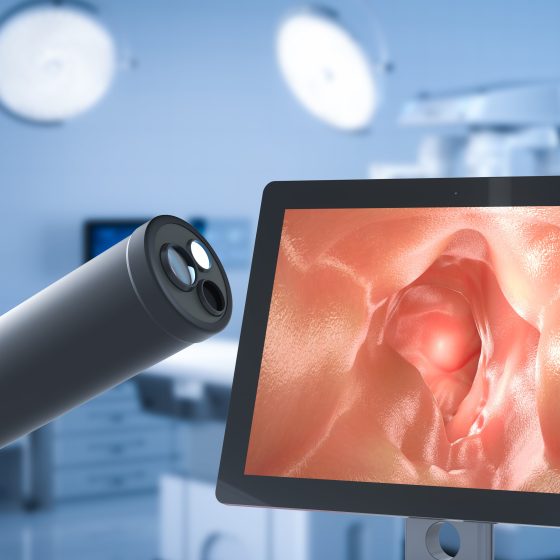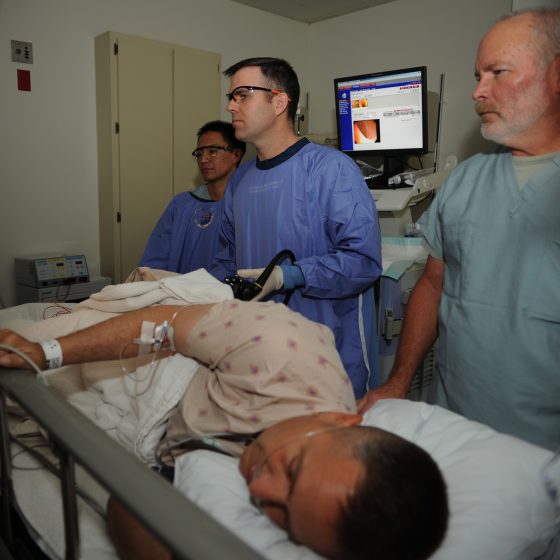Colonoscopy
A colonoscopy looks at the whole of the inside of the large bowel. A doctor or nurse (endoscopist) uses a flexible tube called a colonoscope. The tube has a small light and camera at one end. The endoscopist puts the tube into your back passage and passes it along the bowel. They can see pictures of the inside of your bowel on a TV monitor. Why might you have a colonoscopy You may need a colonoscopy: to help find the cause of bowel symptoms to look for early signs of bowel cancer as part of the national bowel cancer screening programme


